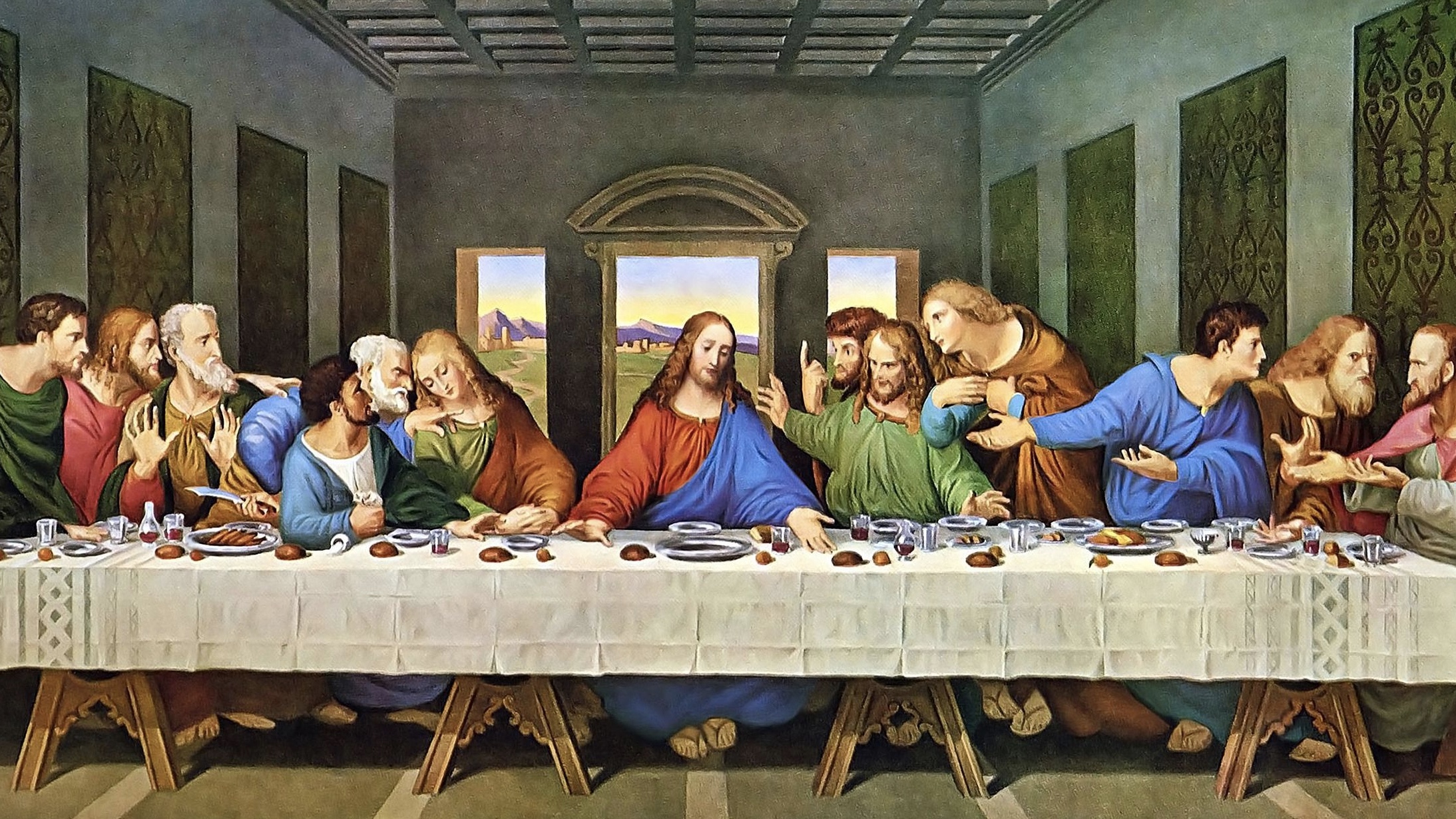Jesus performs miracles, feeds five thousand people, and challenges Philip’s human reasoning during the Jewish Passover feast.
A large crowd followed Jesus because they saw the signs, meaning the miracles that he was performing. As we read this gospel from the perspective of Christ’s Paschal mystery, we understand that the Jewish feast of Passover was near. Passing from death to life, from slavery to freedom, Jesus Christ will make the sign of bread that was an integral part of the Jewish Passover feast. His body, the bread that the Jews use to celebrate the Jewish Passover feast, Jesus will incorporate into the first Eucharist, saying, “It’s no longer now the symbol of passing from the slavery of Egypt to their freedom, but now this is my body. I kill sin in me, take the sins of others upon me, and deliver the new freedom that is demonstrated in the chalice that’s no longer wine but his blood.”
When many people (five thousand men) followed Jesus into the wilderness, he showed another dimension of this Feast of the Passover, which is feeding the hungry hearts, even though it has to do with physical bread. When everybody was following him, they were so taken by his words that they forgot about the food. But Jesus asked Philip, “Where can we buy enough food for all these people?” to test him, knowing already what he was going to do. On one hand, to make Philip reflect, Jesus applied his human reasoning. But on the other hand, Jesus was asking him to think outside the box and trust in his power to perform miracles. Philip applied his human reasoning, saying, “Look, no way we can feed them. It’s impossible. They will pass out. There is no humanly speaking we can feed all this huge group of people with what we have.” This is human thinking, and sometimes we try to apply our own resources and our own way of thinking to solve problems. But many times, Jesus puts us to the test to ask ourselves what are we going to do at this stage.

Leave a Reply